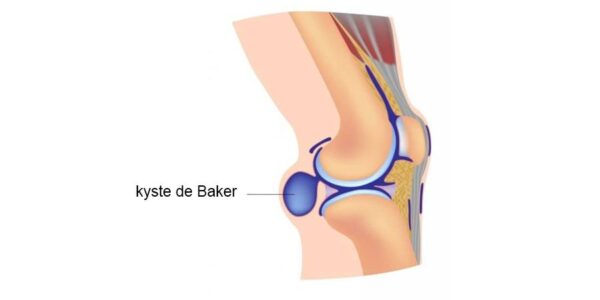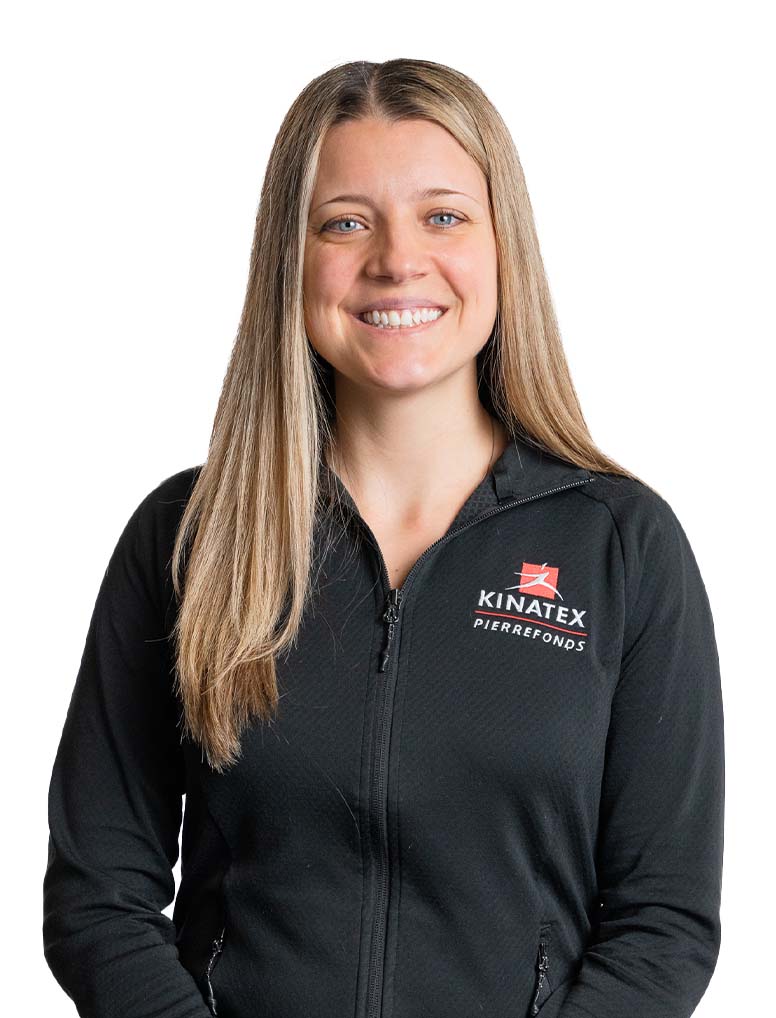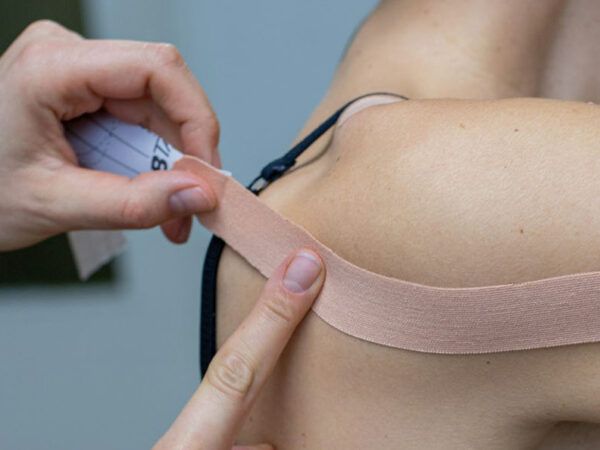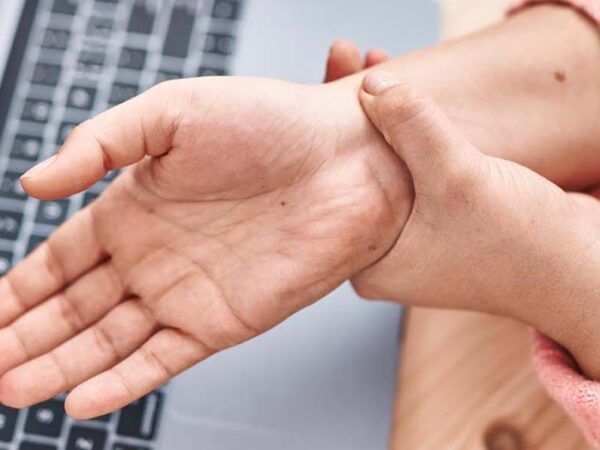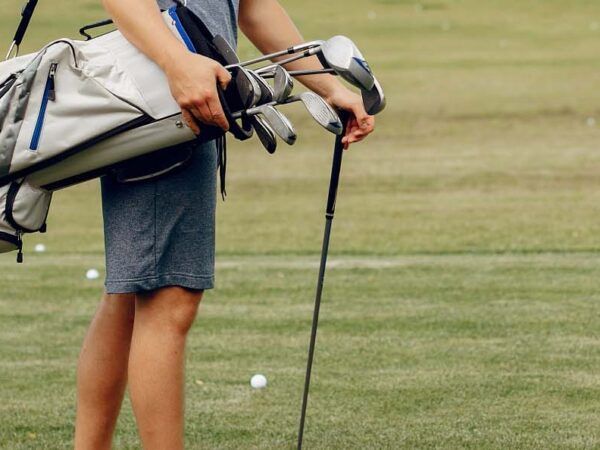What is Baker’s Cyst?
Did you start experiencing posterior knee pain unexpectedly?
There is no such thing as unexpectedly! There is always a reason why pain surfaces. Chronic pains build up over long periods of time and they appear out of the blue when the body can no longer cope with the pain.
One possible explanation of having pain behind the knee is a Baker’s Cyst, also called a popliteal cyst or synovial cyst.
A Baker’s cyst will cause the knee to swell up after walking or running for some time. The knee will be stiffer than usual when bending or straightening it completely. The person might have more difficulty pushing off or exploding off that leg. You might even be able to feel a small bump behind the knee!
You can develop a cyst for the following reasons?
- Arthritis (present in 50% of cases).
- A previous injury which never healed properly (i.e. cartilage or meniscus tears).
- Instability in the knee (i.e. previous ligament tears).
- Improper hip alignment.
- Flat feet, high arches or overused orthotics.
All these conditions will induce chronic swelling in the knee and can lead to the development of a Baker’s cyst. The cyst can shrink if you reduce the strain placed on the knee, but it can also grow if you continue being active without correcting the problem.
What are some treatments that can help?
- Stretching the muscles behind the knee (i.e. calves and hamstrings).
- Rolling the calves with a foam roller or a rolling pin.
- Realigning the hips.
- Strengthening the arches of the feet.
The key to this problem is to find out WHY the liquid is being pressured to the back of the knee. In order to figure out this complex problem, you will need to consult a professional…not any professional, one who specializes in biomechanics such as an athletic therapist.
The therapist will start by assessing the following criteria:
- Are the hips and pelvis aligned? If they aren’t aligned, the therapist will use various manual therapy techniques to correct the alignment.
- Are you transferring your body weight properly from one side to the other? In other words, he/she will check if the forces going down your legs are well divided.
- Is the knee moving pain free? If it isn’t, the therapist will need to restore complete mobility in the knee.
- Are your arches doing their job properly? The therapist will evaluate if the muscles in your arches need to be strengthen to absorb the forces from the ground and those from your body.
- Are you doing your movements properly? You will have movements (i.e. sitting, squatting, bending, etc.) which will need to be reeducated and muscles will need to be activated to lessen the pressure in the knee.
Finally, our therapist will provide the proper exercises to do at home or at the gym to reeducate all the movements necessary to perform your activities and sports properly.

